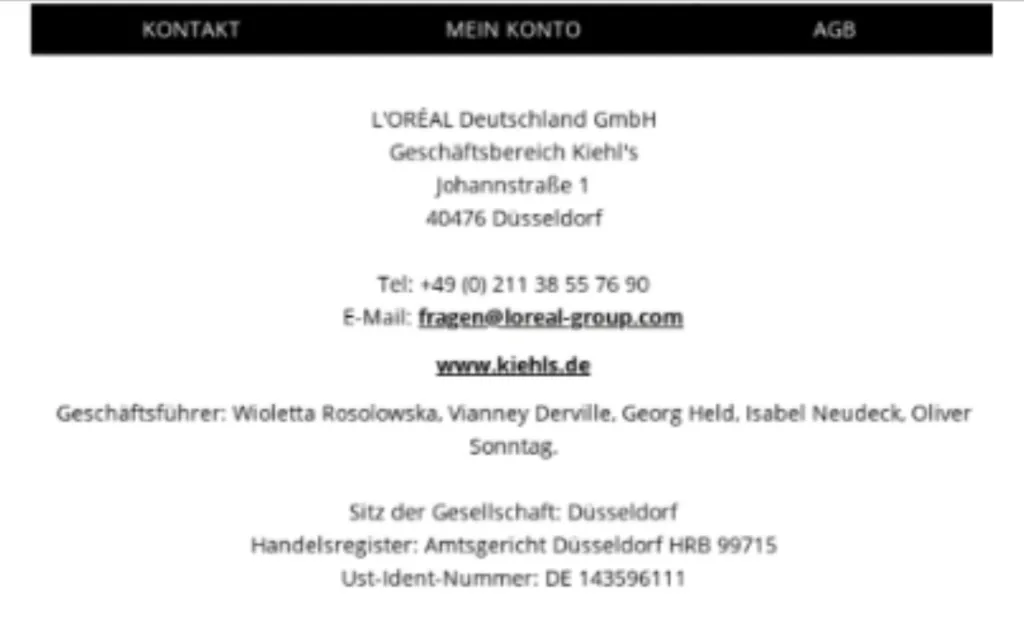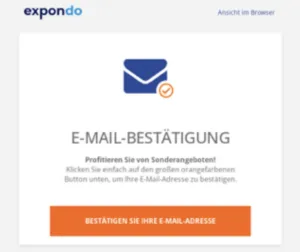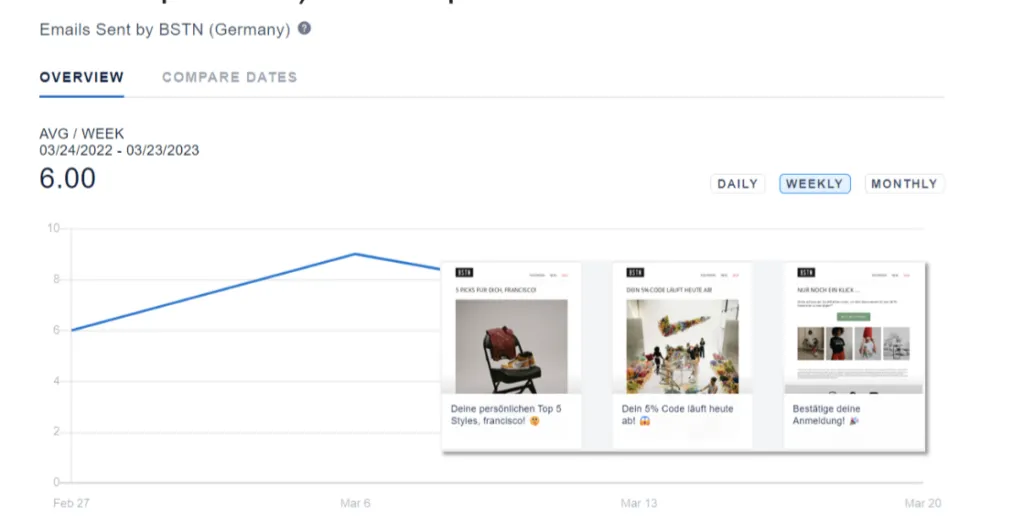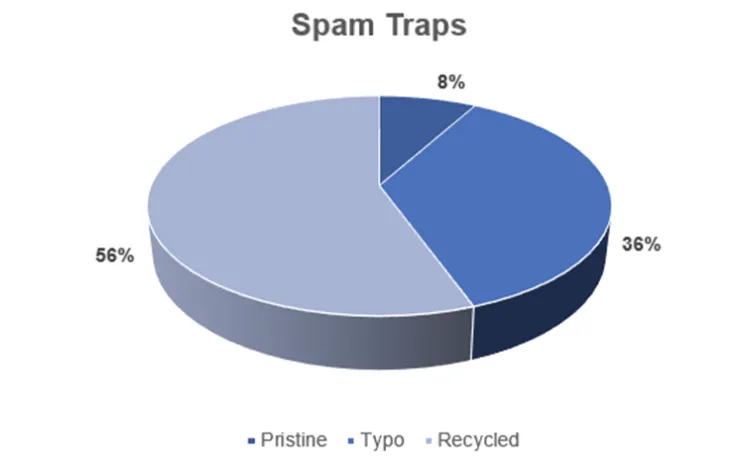
Did you know Germany enjoys the highest inbox placement rate (IPR) in the world?
In Germany, Validity clients see an amazing 97 percent of their marketing emails land in subscribers’ inboxes!
For context, the global benchmark for inbox placement is 85 percent, meaning an average of 1 in 6 legitimate marketing emails is never seen by recipients. (For Europe as a region, average IPRs are slightly higher, at 91 percent.)
Great deliverability means great engagement, and the following metrics from Getresponse clearly illustrate this performance advantage:

Top tactics from German email senders
Like respect, great deliverability is earned—not demanded.
We recently visited Berlin for eTail Germany and researched the factors driving such high performance in this market.
Here are the top German tactics that senders from all regions should note:
Know the mailbox provider landscape
In most markets, mailbox provider share is dominated by Microsoft, AOL, Gmail, and Yahoo (known as MAGY). Between them they form over 80 percent of a typical email list.
In Germany, the picture is very different—local MBPs like Web.de, GMX, and T-Online represent almost 60 percent of email users, while MAGY coverage is less than 30 percent.
These German MBPs set the bar higher for responsible email marketers. While many of their guidelines are aligned with MAGY, they also set a range of more unique (and more stringent) requirements, including:
- Follow M3AAWG’s email-sending guidelines (GMX)
- Maximum bounce rates “no more than 1.5 percent on average” (T-Online)
- The addressee must be able to tell which email address was used (T-Online)
- Rejection of emails containing “immoral” or “seditious” content (Web.de)
Also unique to Germany is the Impressum law. This makes transparency a legal requirement by requiring brands to make comprehensive details clearly visible, including legal name, location, contact information, trade register and VAT identification numbers, and names of directors
This example from beauty products retailer Kiehls shows the level of detail required.
German MBPs also strongly recommend Certified Senders Alliance (CSA) accreditation. It defines minimum standards for use of IP addresses, consent, data collection, design and content, and sending infrastructure. The CSA certifies email service providers (ESPs) not individual senders, meaning emails sent from these platforms implicitly conform to pre-defined best practices.
Use double opt-in
Germany is well-known for its use of double opt-in (DOI) methods to obtain marketing consent.
While not an explicit legal requirement, there are multiple court judgments stating only DOI provides absolute proof consent has been provided.
For email marketers like Expondo, the upside of using DOI is the clearly established relationship between strength of permissioning and engagement generated.
Since more engaged subscribers spend more money, what’s not to like?
Well, there’s a flip side to the DOI coin! Between 20-30 percent of new signups don’t complete the process.
This has a direct impact on list growth. The extra step creates additional friction, and part of that friction can be caused by poor deliverability—undelivered confirmation emails mean new subscribers can’t click their activation links!
Low frequency
Validity MailCharts analyzed the sending profile of German email programs. A typical subscriber receives ± three emails per week. Senders like sportswear retailer BSTN (which sends an average of six emails per week) are exceptions to the rule.
Retail email marketing programs in the US send closer to five emails per week. Previous Validity research showed spam complaint rates increase exponentially at this point. Complaints hurt sender reputation and deliverability metrics, explaining why German senders benefit from lower sending frequency.
Great Data Produces Results (the real GDPR law!)
We’ve spoken before about the GDPR “halo effect”—how writing best practices into law (consent, transparency, choice) has established stronger trust between marketers and consumers, who are therefore more engaged.
Perfume retailer Douglas follows all three best practices—the translated content reads:
- “Change your personal settings here”
- “Find the newsletter consent form you agreed to here”
- “If you want to unsubscribe from our newsletter, click here”
German consumers have a higher-than-average awareness of their personal data rights. The companies who respect this awareness are generally rewarded by stronger relationships based on trust and brand loyalty.
Issues with German email programs
The factors listed above explain email marketing’s high performance in Germany. However, readers from other countries will be relieved to know their German counterparts aren’t perfect! Here are some of the top problems we’ve observed when analyzing German email programs.
Data quality
Data quality challenges are surprisingly prevalent in this region. We reviewed 25 German email programs that joined us for a workshop at eTail—each hits an average 20 spam traps per day—pointing to shortcomings with acquisition and list hygiene.
It’s almost as though the near-universal adoption of DOI creates a sense of complacency. German senders need to practice good list quality on an ongoing basis to avoid degraded deliverability and blocklistings.
Message length
Really long emails are common in Germany—perhaps because the German language has so many long words! This is a serious problem because MBPs, like Gmail, truncate emails where HTML size exceeds 100kb.
This MailCharts email score shows senders like Tchibo regularly deploy emails more than double this recommended guideline. Truncation means crucial elements like opt-out links and the “Impressum” are not displayed—so the sender has not fulfilled legal obligations.
Images
Huge images are regularly used, often as animated GIFs which are popular with German senders like Ulla Popken.
These are effective for attracting attention and driving engagement, but they have shortcomings. Big images can take many seconds to load, eating into the all-important eight seconds of attention a typical email gets.
Many rules-based spam filters test for big images, so this tactic potentially creates deliverability problems, too.
Advice for senders
The good news is these problems aren’t insurmountable.
German sender Westwing (a regular State of Email Live guest) uses Validity’s Sender Certification program to achieve inbox placement rates that are consistently close to 100 percent. Validity partner Emarsys is used by many German senders to deploy their email marketing programs, and a recent case study showed mutual clients increasing click-through traffic by over one-third using our email optimization solutions.
Want to learn more? Reach out to us today to schedule a demo.






